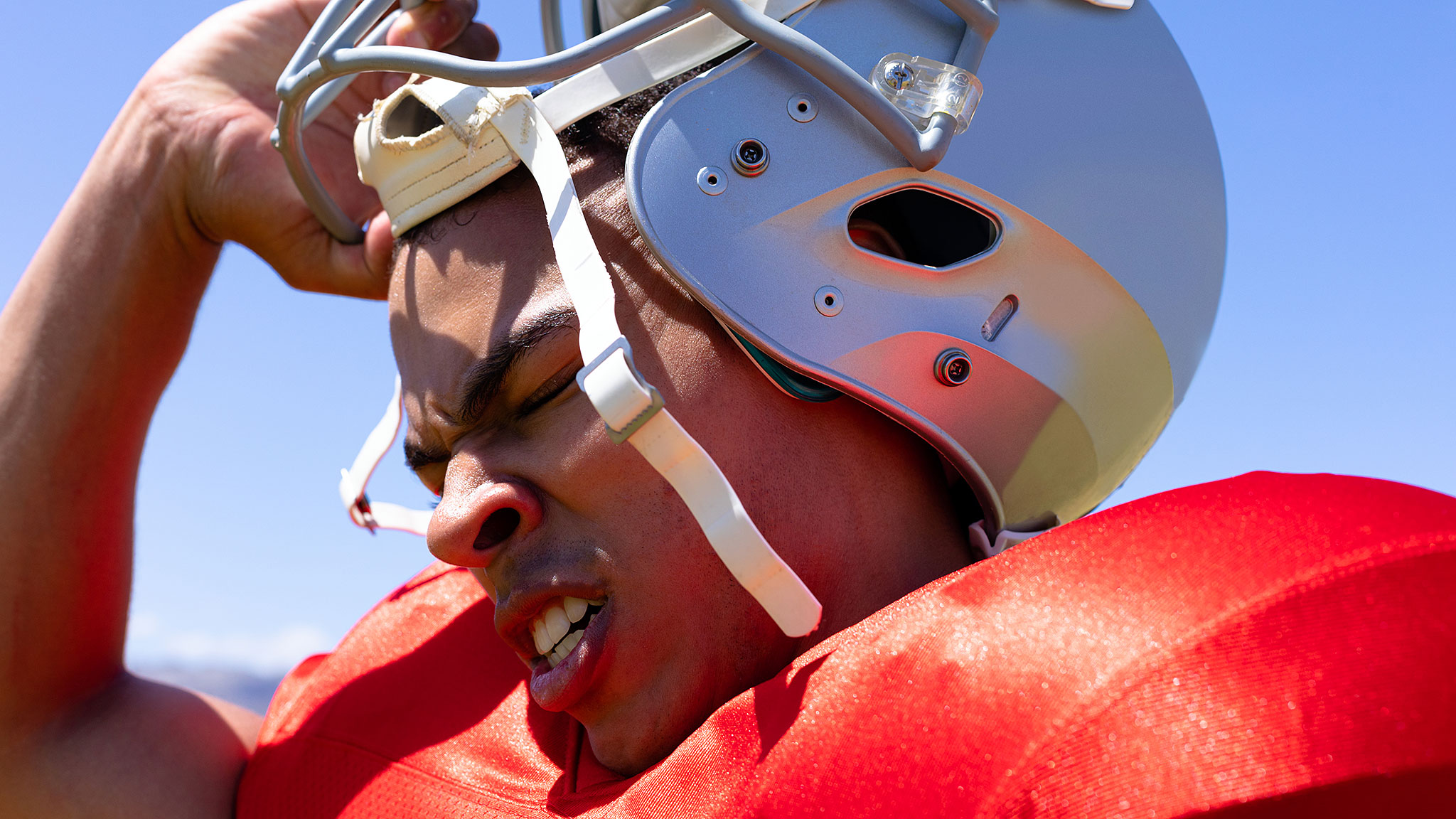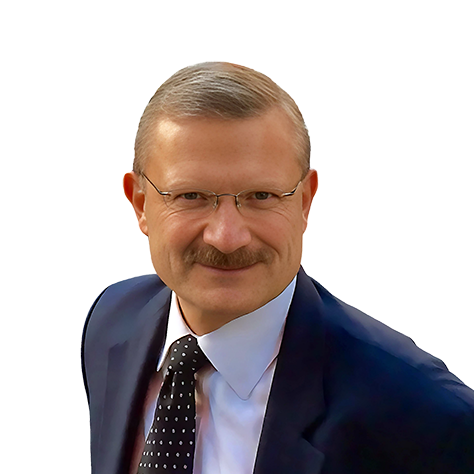1) The younger athlete
Months to years after a concussion, students describe headaches, slow reading, screen sensitivity, and “fog.” Rest helped—until it didn’t. We pair vestibular rehab with cervical retraining to improve gaze stability, balance, and classroom endurance. Return-to-learn and return-to-play plans are personalized—not one-size-fits-all.
2) Whiplash accident survivors
After car or workplace accidents, many patients are told, “Imaging is normal.” Yet fatigue, neck pain, dizziness, tinnitus, and concentration issues continue. Our clinicians look for upper-cervical ligament laxity and facet-mediated pain, common drivers of persistent symptoms, then treat precisely (guided injections, RFA when appropriate) and rebuild function with targeted PT.
3) “Many concussions” over time
Repetitive impacts can produce a complex picture: migraines, oscillopsia, balance problems, and neck instability. Here, a multi-system strategy matters—oculomotor and vestibular re-training, autonomic support, sleep optimization, and cervical stabilization techniques.
4) The “no one knows what’s wrong” patient
Dysautonomia/POTS, PPPD, visual motion sensitivity, GI flares, anxiety spikes—these syndromes often overlap with cervical and vestibular contributors. We map symptoms to mechanisms, not just diagnoses.
Our promise:
- Listen first. Your story guides the work-up.
- Test what changes the symptoms. Head position, gaze, and posture matter.
- Treat where the findings point. Neck, vestibular system, autonomics—often all three.
Leaders: Dr. Dariusz Nasiek, MD & Dr. Ziad Chaudhary, MD
Call 201-894-1313 • NJ/NY multi-location access

